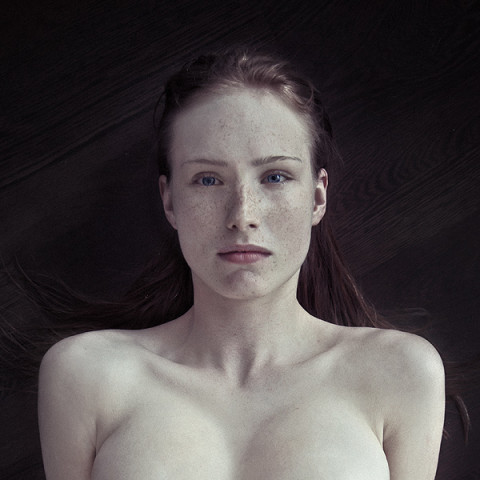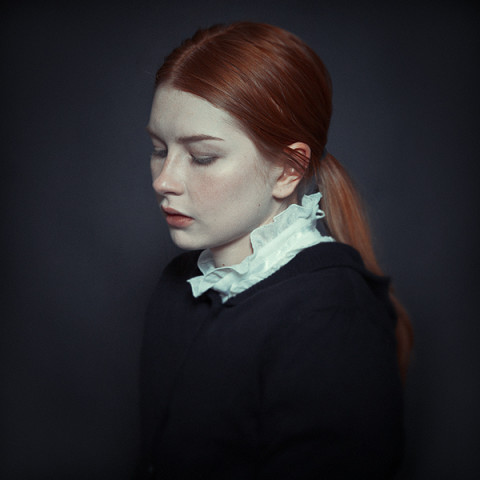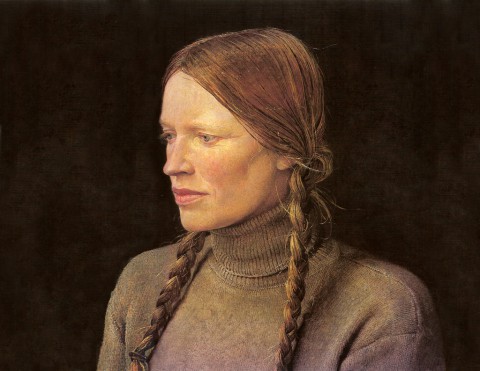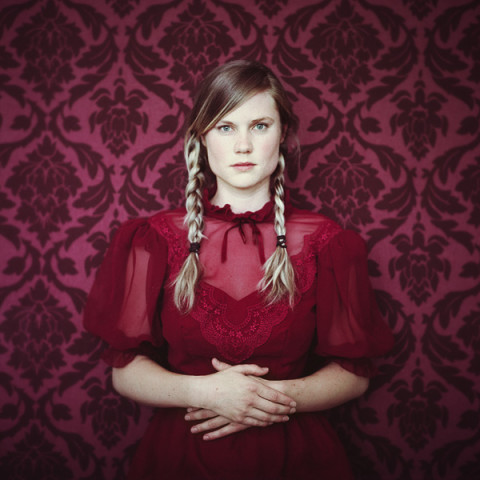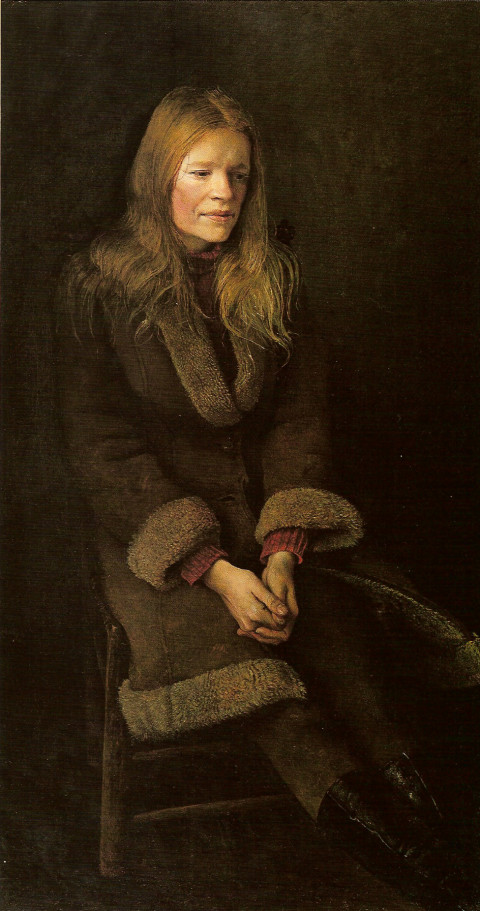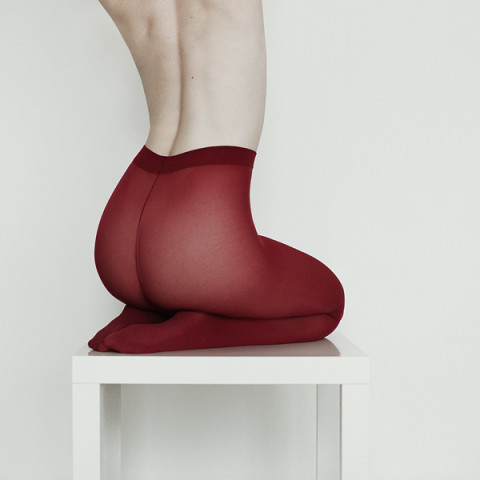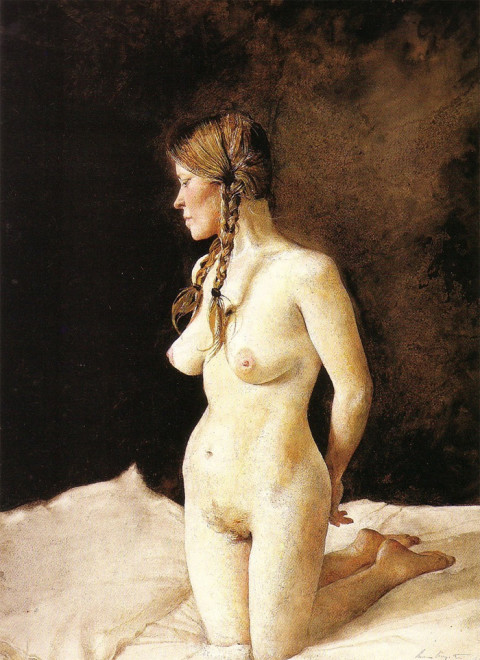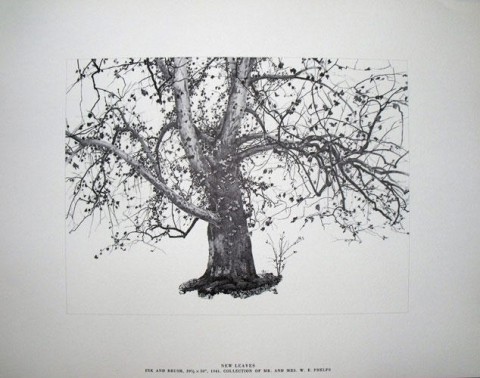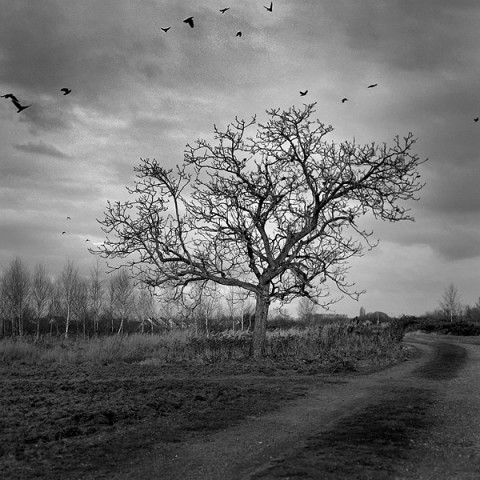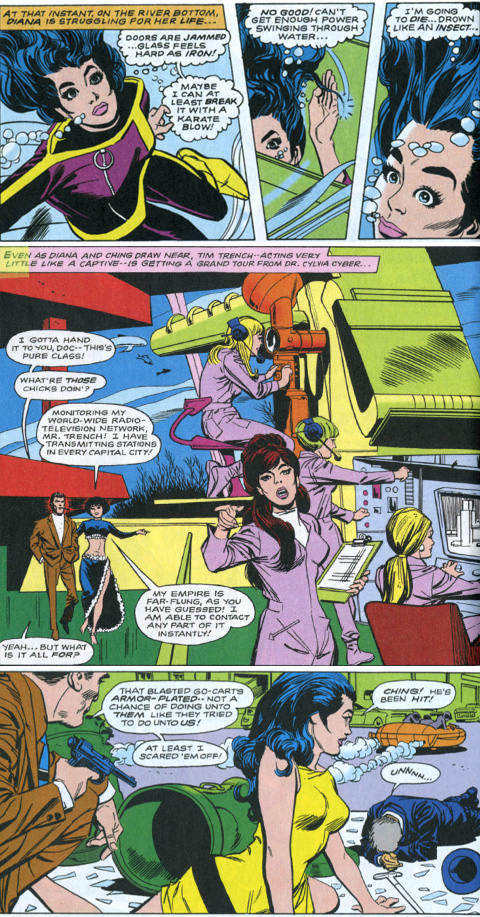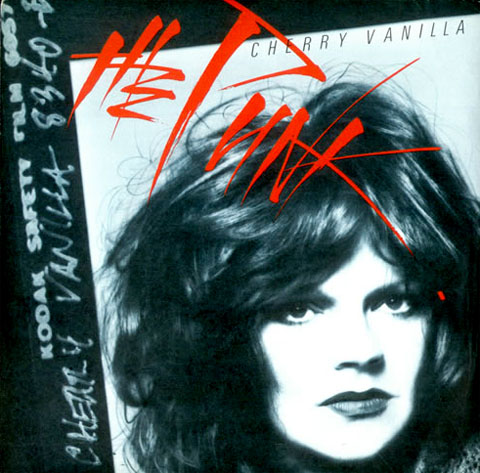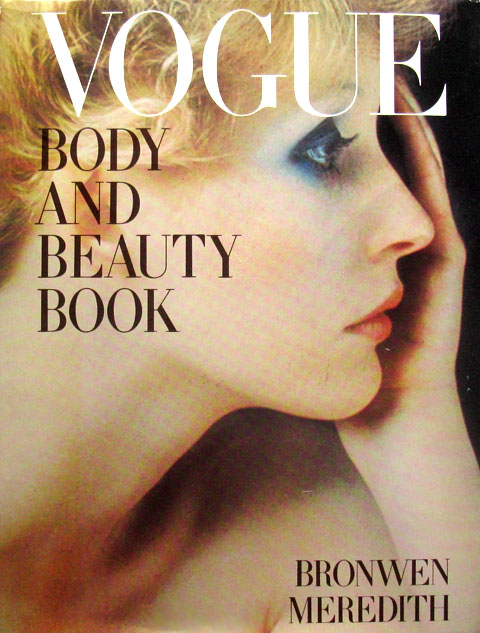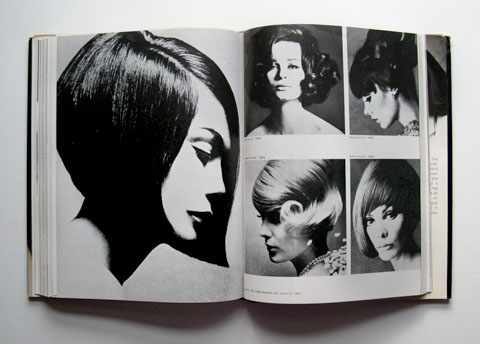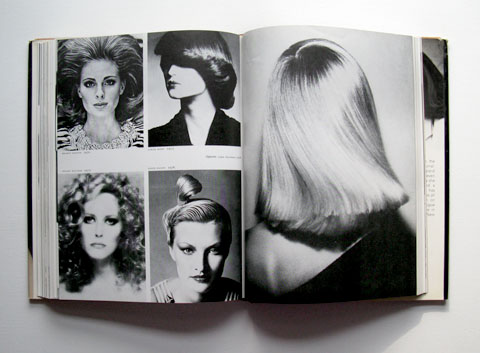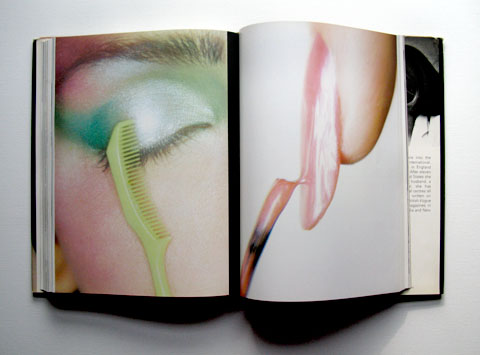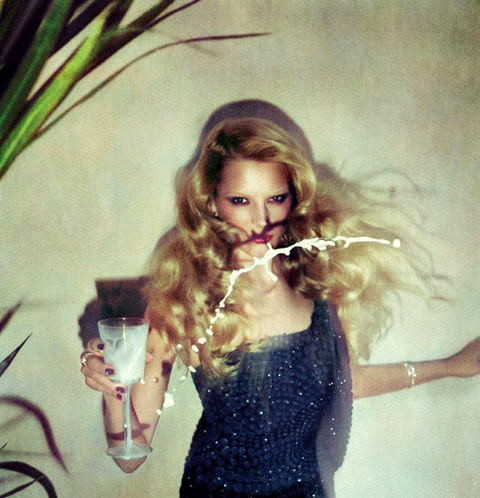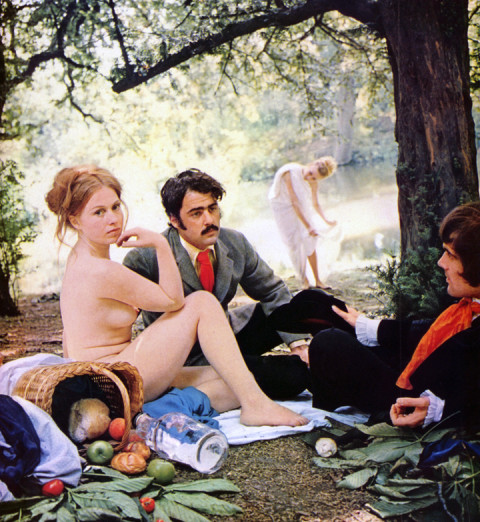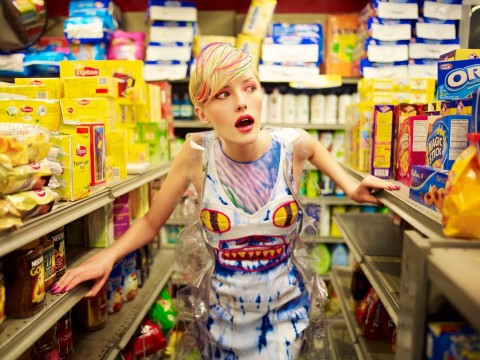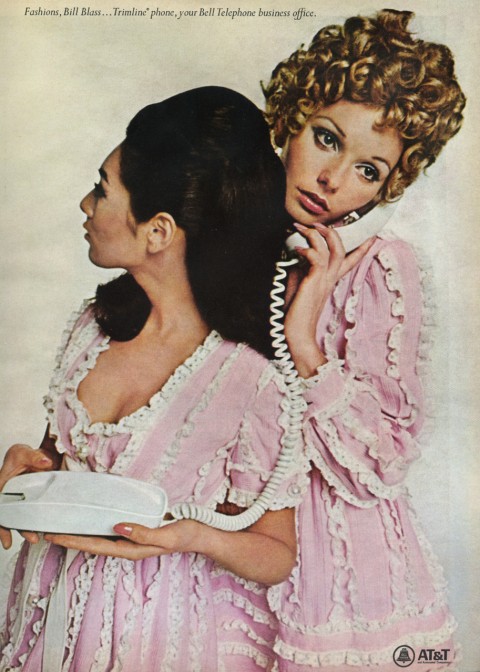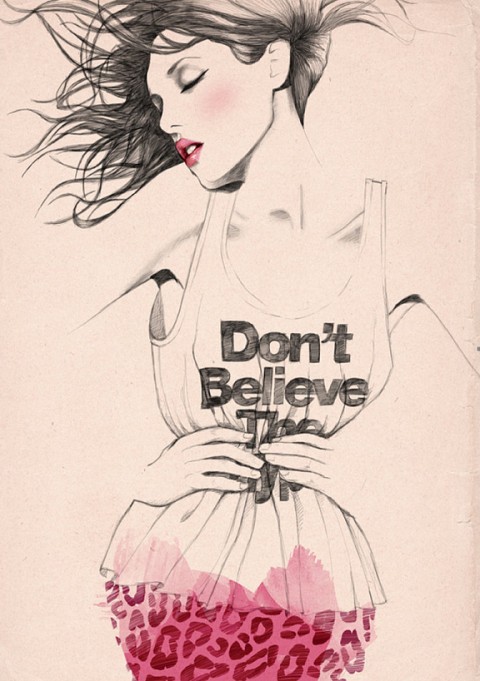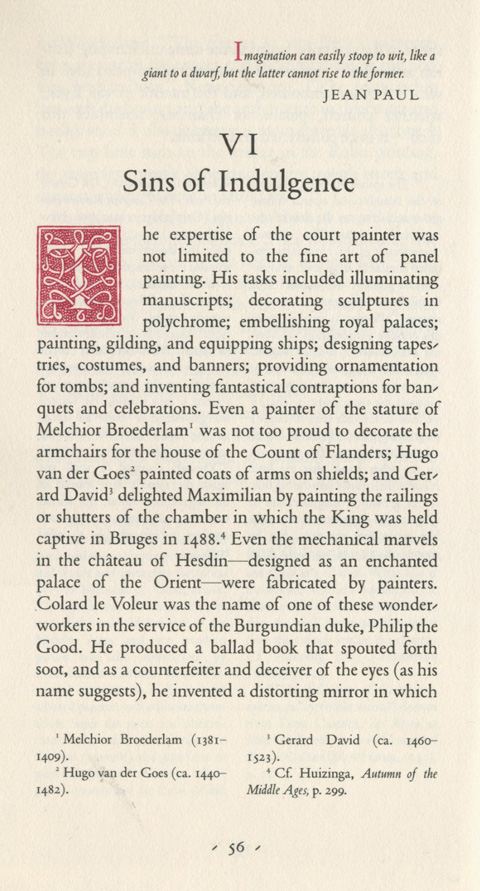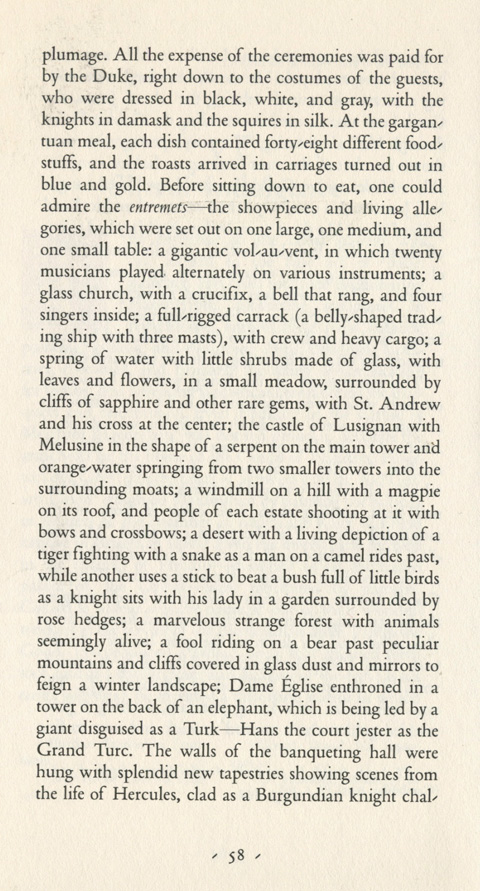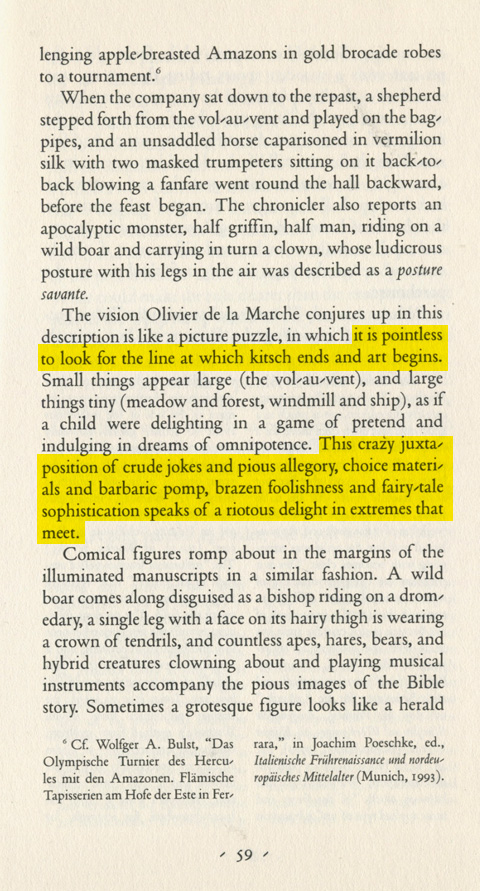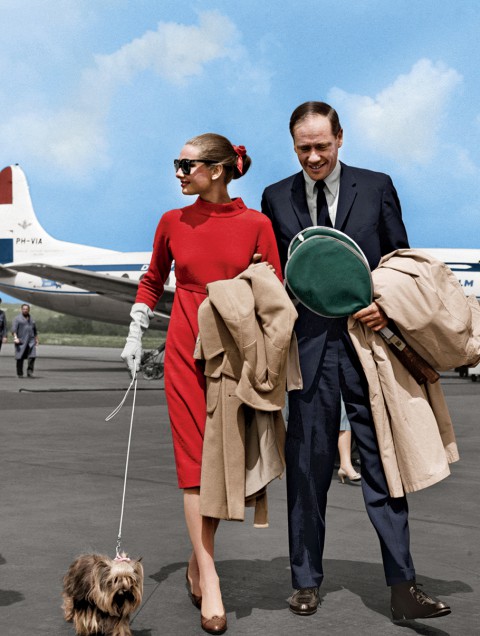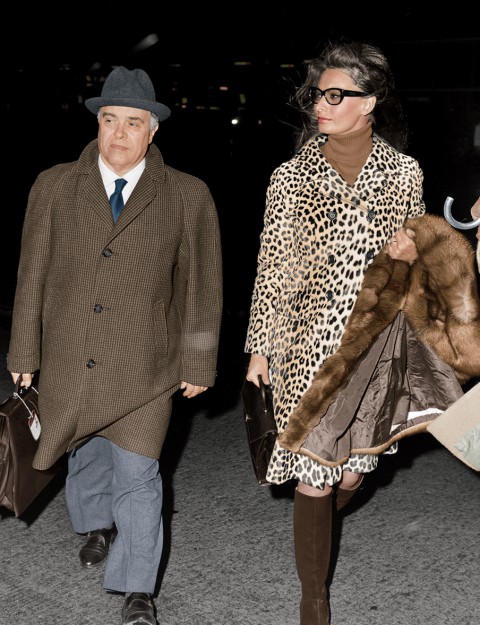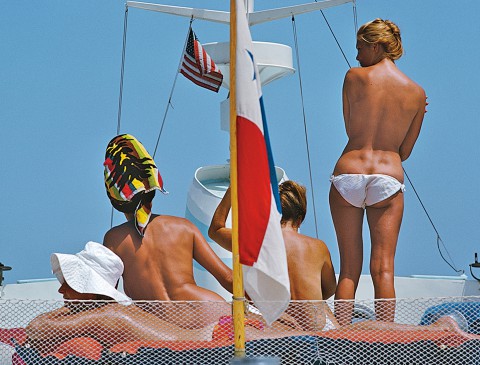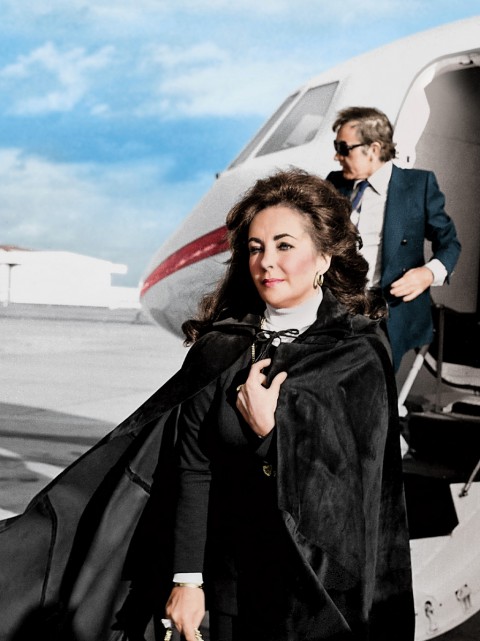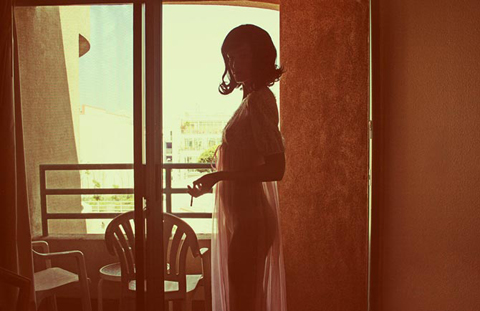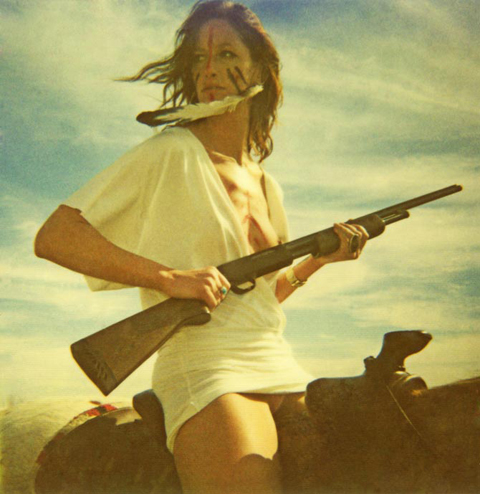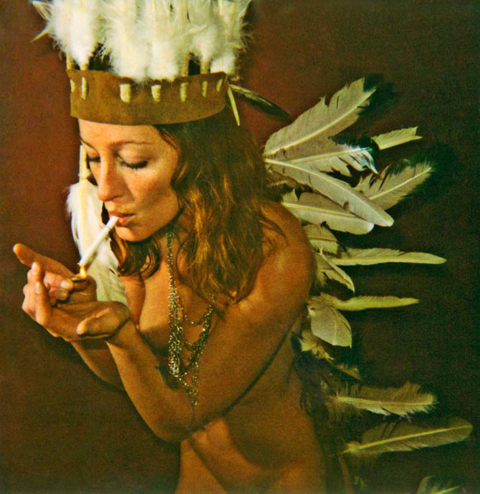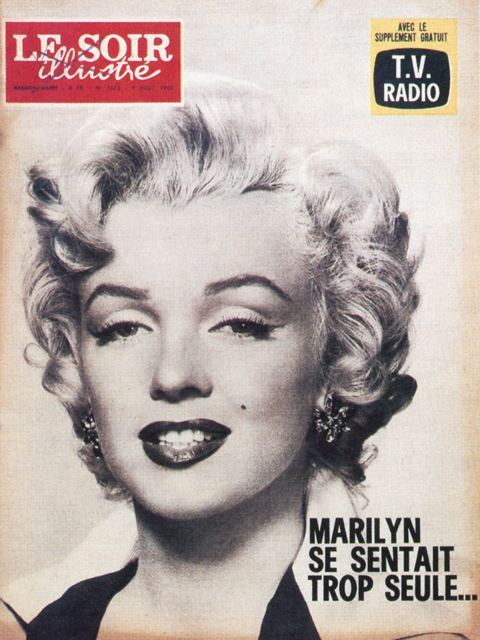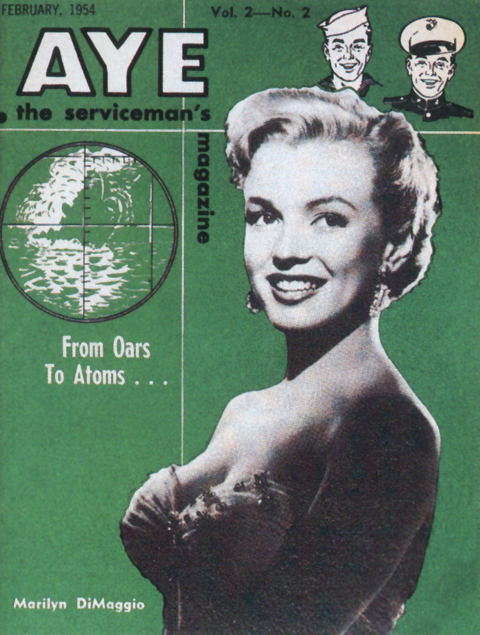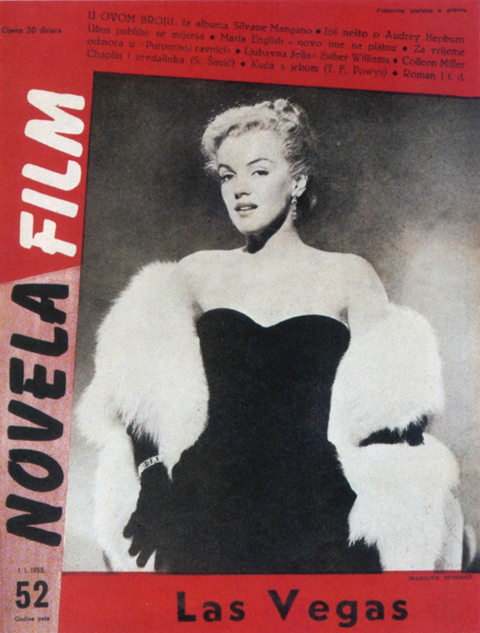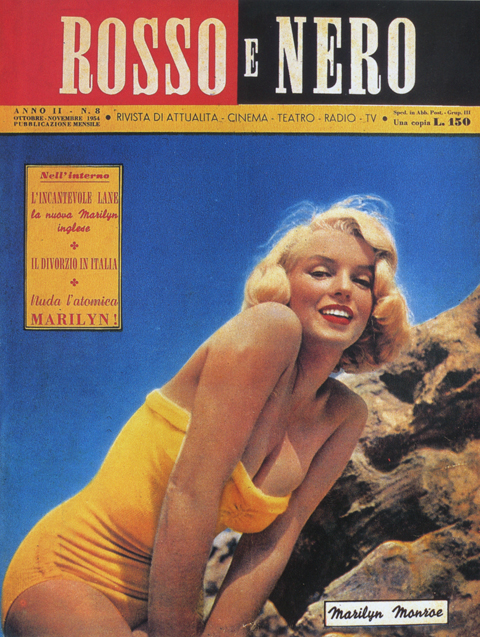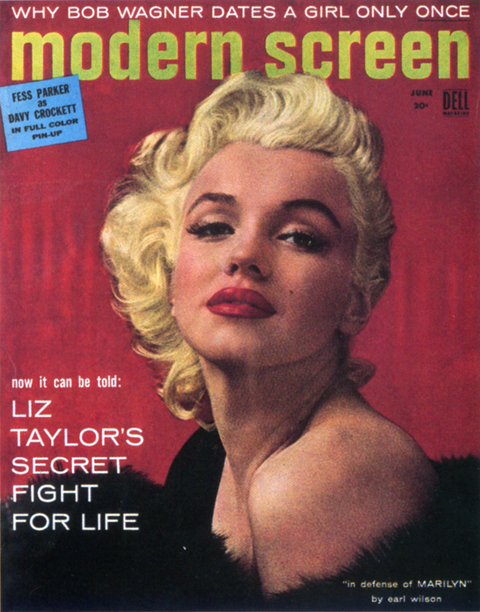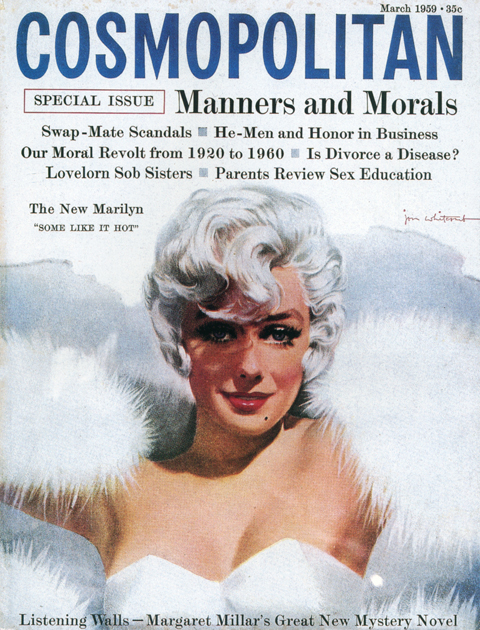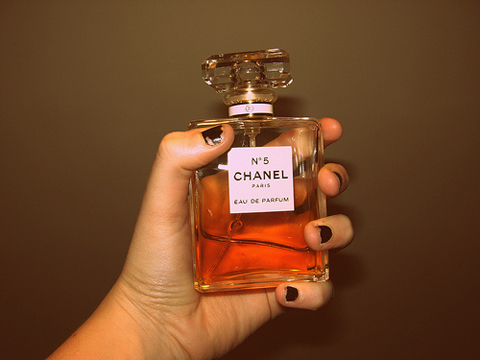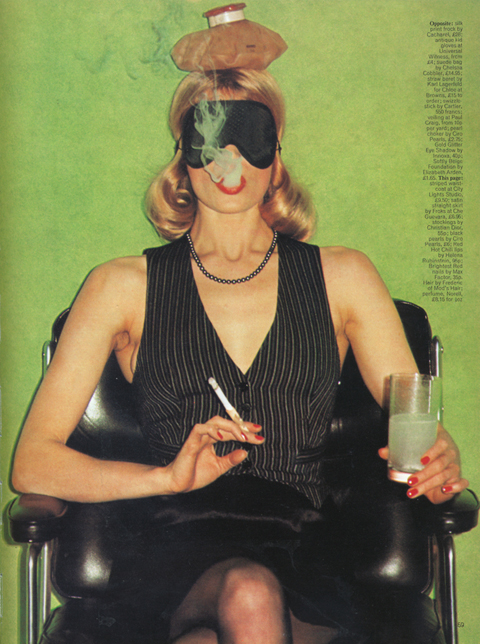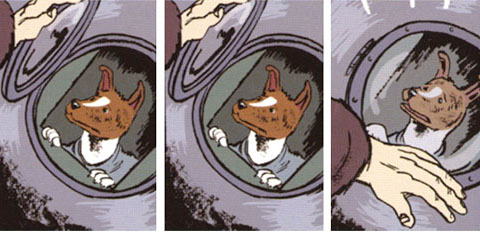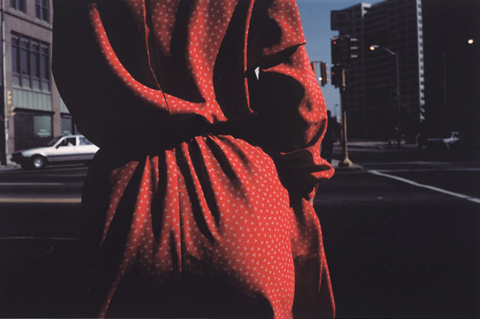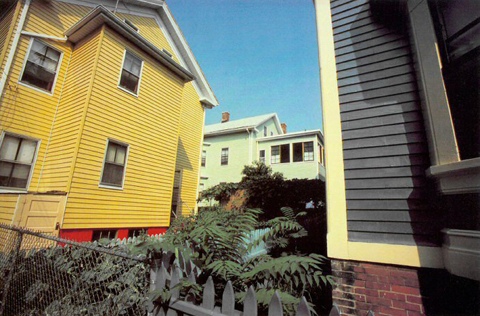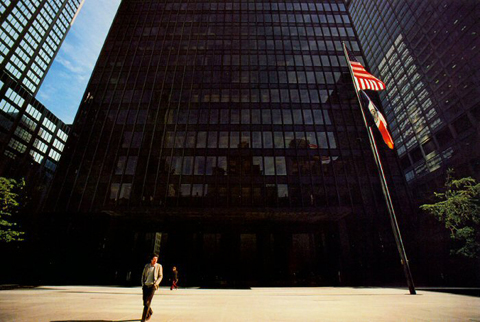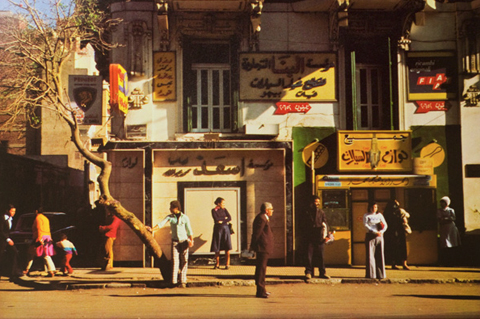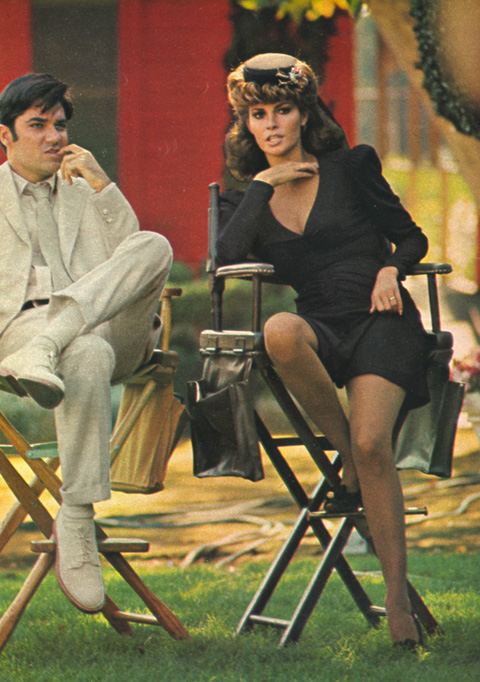This is a weird one, or at least it seems so at the moment. I was checking back in on the work of German photographer Michael Magin the other day. What I love about Magin, who works under the rubric Zeitautomatk, is his gift for framing natural and architectural forms in stark graphic compositions. Color, contrast, negative space, and abstraction are tools that, in his best work, reveal new things about the essential topography of archetypical forms – the female nude, nature, atmospheric vistas, and architectural structures.
In any case, this time, as I looked at his work, certain photos seemed to echo something familiar. After a bit of noggin racking I had it – Andrew Wyeth, specifically, his paintings and studies of his neighbor, German-born Helga Testorf.
Flipping through a Wyeth survey, I found convergence after convergence, echo after echo of poses, gestures, textures, moods, compositions. The weird thing? It’s not exactly clear that these are homages by Magin. The photos are amidst a series with a very different aesthetic agenda, ordered primarily by color tone. The ones that most strongly evoke Wyeth occur randomly in the series. But still, it seems so deliberate. She was German, he’s German… Then there’s the tree… a near twin of the tree from Wyeth’s Four Seasons portfolio.
That what is so intriguing to me, not knowing what’s going on here. I’ve thought about emailing Magin directly. I may, but not just yet. Not knowing keeps this convergence alive, the echos never settling or fading, just pinging back and forth, kept in play by uncertainty.
